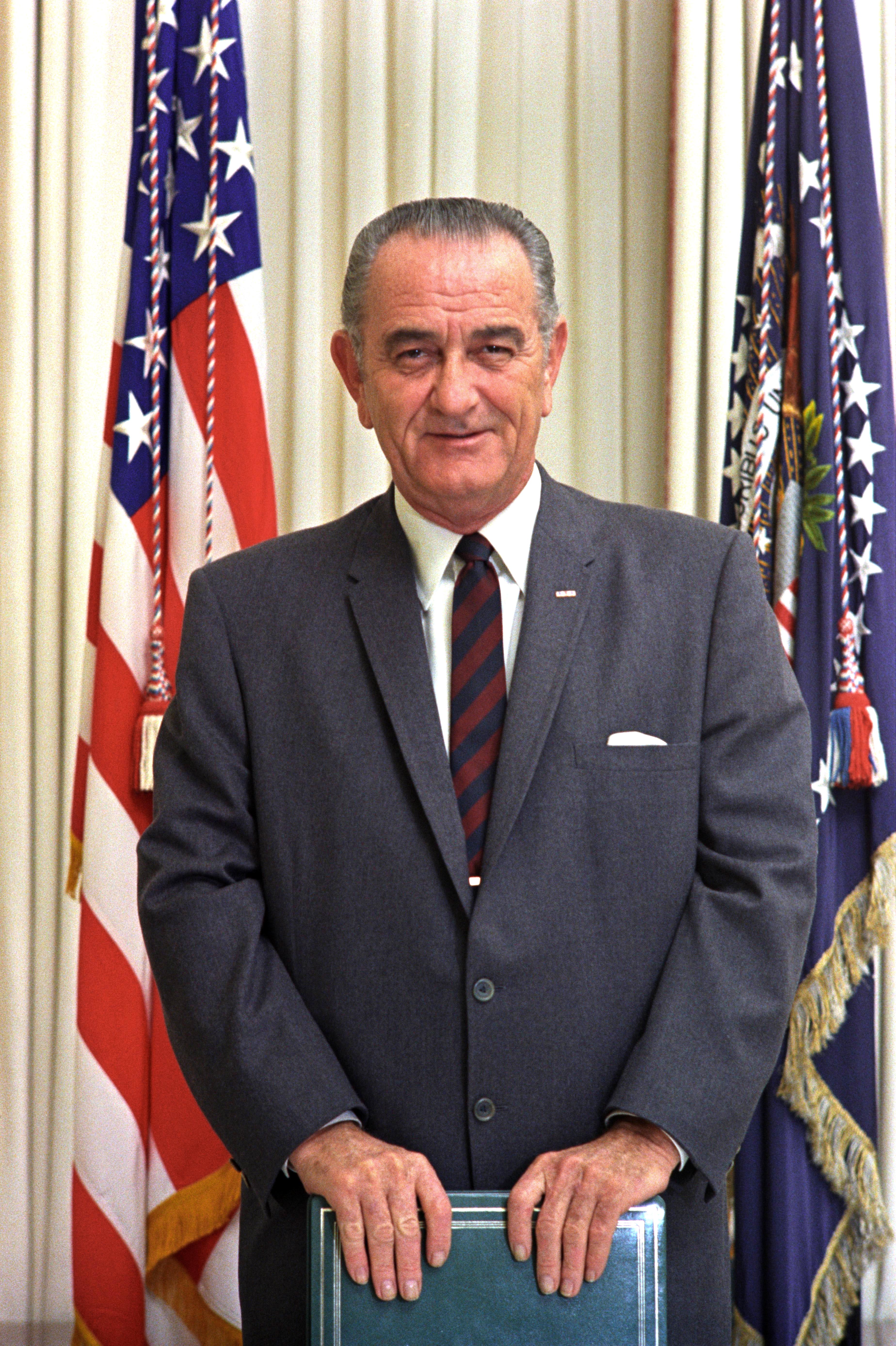|
Jurjen Koksma
Jurjen Ferdinand Koksma (21 April 1904, Schoterland – 17 December 1964, Amsterdam) was a Dutch mathematician who specialized in analytic number theory. Koksma received his Ph.D. degree (''cum laude'') in 1930 at the University of Groningen under supervision of Johannes van der Corput, with a thesis on ''Systems of Diophantine Inequalities''. Around the same time, aged 26, he was invited to become full professor at the ''Vrije Universiteit Amsterdam''. He accepted and in 1930 became the first professor in mathematics at this university. Koksma is also one of the founders of the Dutch ''Mathematisch Centrum'' (today ''Centrum Wiskunde & Informatica''). One of Koksma's main works was the book ''Diophantische Approximationen'', published in 1936 by Springer. He also wrote several papers with Paul Erdős. In 1950 he became member of the Royal Netherlands Academy of Arts and Sciences The Royal Netherlands Academy of Arts and Sciences (, KNAW) is an organization dedicate ... [...More Info...] [...Related Items...] OR: [Wikipedia] [Google] [Baidu] |
Jurjen Koksma, 1930
Jurjen is a Dutch given name. Notable people with this name include: * Jurjen Battjes (born 1939), Dutch civil engineer * Jurjen Bosch (born 1985), Dutch football player * Jurjen Ferdinand Koksma (1904–1964), Dutch mathematician * Jurrie Koolhof Jurjen Jacob (Jurrie) Koolhof (10 January 1960 – 28 January 2019) was a Dutch international football striker and manager. As a player, Koolhof had a long and productive career, with 190 league goals. He played for a number of clubs in the Net ... (full name Jurjen) (born 1960), Dutch football player and manager Dutch masculine given names Masculine given names {{given name ... [...More Info...] [...Related Items...] OR: [Wikipedia] [Google] [Baidu] |
Royal Netherlands Academy Of Arts And Sciences
The Royal Netherlands Academy of Arts and Sciences (, KNAW) is an organization dedicated to the advancement of science and literature in the Netherlands. The academy is housed in the Trippenhuis in Amsterdam. In addition to various advisory and administrative functions it operates a number of research institutes and awards many prizes, including the Lorentz Medal in theoretical physics, the Dr Hendrik Muller Prize for Behavioural and Social Science and the Heineken Prizes. Main functions The academy advises the Dutch government on scientific matters. While its advice often pertains to genuine scientific concerns, it also counsels the government on such topics as policy on careers for researchers or the Netherlands' contribution to major international projects. The academy offers solicited and unsolicited advice to parliament, ministries, universities and research institutes, funding agencies and international organizations. * Advising the government on matters related to ... [...More Info...] [...Related Items...] OR: [Wikipedia] [Google] [Baidu] |
Number Theorists
Number theory is a branch of pure mathematics devoted primarily to the study of the integers and arithmetic functions. Number theorists study prime numbers as well as the properties of mathematical objects constructed from integers (for example, rational numbers), or defined as generalizations of the integers (for example, algebraic integers). Integers can be considered either in themselves or as solutions to equations ( Diophantine geometry). Questions in number theory can often be understood through the study of analytical objects, such as the Riemann zeta function, that encode properties of the integers, primes or other number-theoretic objects in some fashion (analytic number theory). One may also study real numbers in relation to rational numbers, as for instance how irrational numbers can be approximated by fractions (Diophantine approximation). Number theory is one of the oldest branches of mathematics alongside geometry. One quirk of number theory is that it deals wi ... [...More Info...] [...Related Items...] OR: [Wikipedia] [Google] [Baidu] |
Members Of The Royal Netherlands Academy Of Arts And Sciences
The Royal Netherlands Academy of Arts and Sciences (Dutch language, Dutch: ''Koninklijke Nederlandse Akademie van Wetenschappen'', abbreviated: KNAW) is an organization dedicated to the advancement of science and literature in the Netherlands. The academy is housed in the Trippenhuis in Amsterdam. Founded in 1808, members are appointed for life by co-optation. Lists of members sorted alphabetically * Members of the Royal Netherlands Academy of Arts and Sciences (A) * Members of the Royal Netherlands Academy of Arts and Sciences (B) * Members of the Royal Netherlands Academy of Arts and Sciences (C) * Members of the Royal Netherlands Academy of Arts and Sciences (D) * Members of the Royal Netherlands Academy of Arts and Sciences (E) * Members of the Royal Netherlands Academy of Arts and Sciences (F) * Members of the Royal Netherlands Academy of Arts and Sciences (G) * Members of the Royal Netherlands Academy of Arts and Sciences (H) * Members of the Royal Netherlands Academy of Ar ... [...More Info...] [...Related Items...] OR: [Wikipedia] [Google] [Baidu] |
1964 Deaths
Events January * January 1 – The Federation of Rhodesia and Nyasaland is dissolved. * January 5 – In the first meeting between leaders of the Roman Catholic and Orthodox churches since the fifteenth century, Pope Paul VI and Patriarch Athenagoras I of Constantinople meet in Jerusalem. * January 6 – A British firm, the Leyland Motor Corp., announces the sale of 450 buses to the Cuban government, challenging the United States blockade of Cuba. * January 9 – ''Martyrs' Day (Panama), Martyrs' Day'': Armed clashes between United States troops and Panamanian civilians in the Panama Canal Zone precipitate a major international crisis, resulting in the deaths of 21 Panamanians and 4 U.S. soldiers. * January 11 – United States Surgeon General Luther Terry reports that smoking may be hazardous to one's health (the first such statement from the U.S. government). * January 22 – Kenneth Kaunda is inaugurated as the first Prime Minister of Northern Rhodesia. * January ... [...More Info...] [...Related Items...] OR: [Wikipedia] [Google] [Baidu] |
1904 Births
Events January * January 7 – The distress signal ''CQD'' is established, only to be replaced 2 years later by ''SOS''. * January 8 – The Blackstone Library is dedicated, marking the beginning of the Chicago Public Library system. * January 12 – The Herero Wars in German South West Africa begin. * January 17 – Anton Chekhov's last play, ''The Cherry Orchard'' («Вишнëвый сад», ''Vishnevyi sad''), opens at the Moscow Art Theatre directed by Constantin Stanislavski, 6 month's before the author's death. * January 23 – The Ålesund fire destroys most buildings in the town of Ålesund, Norway, leaving about 10,000 people without shelter. * January 25 – Halford Mackinder presents a paper on "The Geographical Pivot of History" to the Royal Geographical Society of London in which he formulates the Heartland Theory, originating the study of geopolitics. February * February 7 – The Great Baltimore Fire in Baltimore, Maryland, destroys over 1,500 build ... [...More Info...] [...Related Items...] OR: [Wikipedia] [Google] [Baidu] |
Low-discrepancy Sequence
In mathematics, a low-discrepancy sequence is a sequence with the property that for all values of N, its subsequence x_1, \ldots, x_N has a low discrepancy of a sequence, discrepancy. Roughly speaking, the discrepancy of a sequence is low if the proportion of points in the sequence falling into an arbitrary set ''B'' is close to proportional to the Measure (mathematics), measure of ''B'', as would happen on average (but not for particular samples) in the case of an equidistributed sequence. Specific definitions of discrepancy differ regarding the choice of ''B'' (hyperspheres, Hypercube, hypercubes, etc.) and how the discrepancy for every B is computed (usually normalized) and combined (usually by taking the worst value). Low-discrepancy sequences are also called quasirandom sequences, due to their common use as a replacement of uniformly distributed random sequence, random numbers. The "quasi" modifier is used to denote more clearly that the values of a low-discrepancy sequence ar ... [...More Info...] [...Related Items...] OR: [Wikipedia] [Google] [Baidu] |
Transcendental Number Theory
Transcendental number theory is a branch of number theory that investigates transcendental numbers (numbers that are not solutions of any polynomial equation with rational coefficients), in both qualitative and quantitative ways. Transcendence The fundamental theorem of algebra tells us that if we have a non-constant polynomial with rational coefficients (or equivalently, by clearing denominators, with integer coefficients) then that polynomial will have a root in the complex numbers. That is, for any non-constant polynomial P with rational coefficients there will be a complex number \alpha such that P(\alpha)=0. Transcendence theory is concerned with the converse question: given a complex number \alpha, is there a polynomial P with rational coefficients such that P(\alpha)=0? If no such polynomial exists then the number is called transcendental. More generally the theory deals with algebraic independence of numbers. A set of numbers is called algebraically independen ... [...More Info...] [...Related Items...] OR: [Wikipedia] [Google] [Baidu] |
Denjoy–Koksma Inequality
In mathematics, the Denjoy–Koksma inequality, introduced by as a combination of work of Arnaud Denjoy and the Koksma–Hlawka inequality of Jurjen Ferdinand Koksma, is a bound for Weyl sums \sum_^f(x+k\omega) of functions ''f'' of bounded variation. Statement Suppose that a map ''f'' from the circle ''T'' to itself has irrational rotation number ''α'', and ''p''/''q'' is a rational approximation to ''α'' with ''p'' and ''q'' coprime, , ''α'' – ''p''/''q'', < 1/''q''2. Suppose that ''φ'' is a function of bounded variation, and ''μ'' a probability measure
In mathematics, a probability measure is a real-valued function defined on a set of events in a σ-algebra that satisfies Measure (mathematics), measure properties such as ''countable additivity''. The difference between a probabi ...
[...More Info...] [...Related Items...] OR: [Wikipedia] [Google] [Baidu] |
Paul Erdős
Paul Erdős ( ; 26March 191320September 1996) was a Hungarian mathematician. He was one of the most prolific mathematicians and producers of mathematical conjectures of the 20th century. pursued and proposed problems in discrete mathematics, graph theory, number theory, mathematical analysis, approximation theory, set theory, and probability theory. Much of his work centered on discrete mathematics, cracking many previously unsolved problems in the field. He championed and contributed to Ramsey theory, which studies the conditions in which order necessarily appears. Overall, his work leaned towards solving previously open problems, rather than developing or exploring new areas of mathematics. Erdős published around 1,500 mathematical papers during his lifetime, a figure that remains unsurpassed. He was known both for his social practice of mathematics, working with more than 500 collaborators, and for his eccentric lifestyle; ''Time'' magazine called him "The Oddball's Oddba ... [...More Info...] [...Related Items...] OR: [Wikipedia] [Google] [Baidu] |



